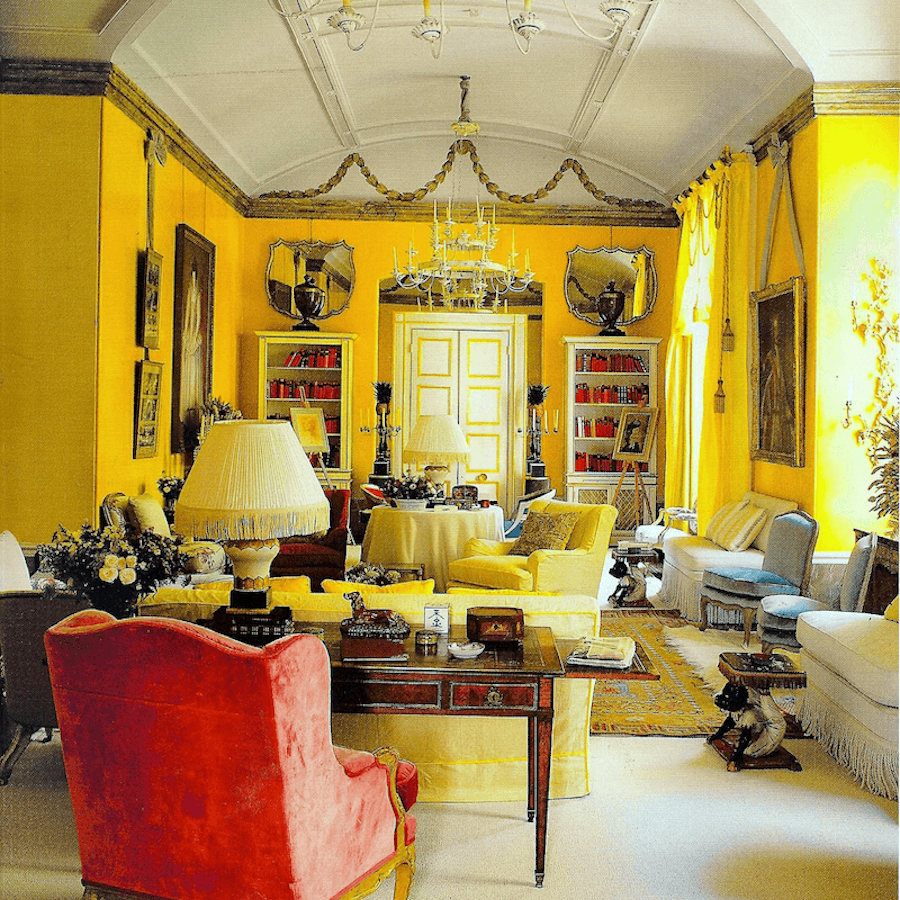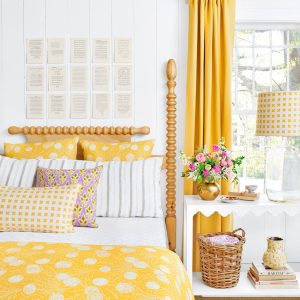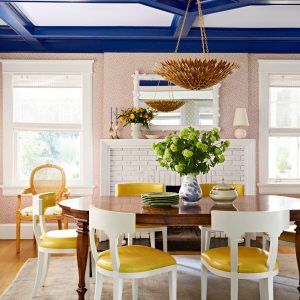Introduction
Nordic decorations have been gaining popularity in recent years, and for good reason. The simplicity, functionality, and coziness of Nordic design offer a refreshing break from the excess and chaos often found in other types of interior design. At the heart of Nordic design is the concept of hygge, a Danish word that roughly translates to a feeling of warmth, comfort, and contentment. In this article, we’ll dive into the elements that make up Nordic decorations and how you can incorporate them into your own space.
The Basic Characteristics of Nordic Decorations
Nordic decorations are defined by a few key characteristics. First, there is a focus on natural light and materials. Nordic spaces often have large windows and white walls to maximize the amount of light that enters the room. Natural materials such as wood, leather, and wool are frequently used to add warmth and texture to the space.
Second, Nordic design emphasizes simplicity and functionality. Furniture and decor pieces are often minimalist in design, with clean lines and a lack of ornamentation. Everything in a Nordic space serves a purpose, whether it’s a chair for sitting or a rug for adding texture to the floor.
Finally, Nordic design is all about warmth and coziness. This is where the concept of hygge comes in. A Nordic space should feel warm and inviting, with soft lighting, plush textiles, and an overall feeling of comfort.
The Importance of Lighting in Nordic Decorations
Lighting plays a crucial role in Nordic design. As mentioned earlier, natural light is highly valued in Nordic spaces. However, when the sun goes down, artificial lighting takes over. In Nordic spaces, the goal is to create a warm and cozy atmosphere with soft, diffused lighting. Rather than bright overhead lights, Nordic spaces often feature a variety of lamps and other light sources strategically placed throughout the room. Candles are also frequently used to add warmth and a sense of relaxation.
Nordic Colors and Textures
When it comes to color, Nordic spaces tend to favor neutral tones such as white, gray, and beige. These calm and soothing colors create a blank canvas that allows other elements, such as furniture and decor, to stand out. However, pops of color are also used to add interest and contrast to the space. Nordic spaces often feature textiles such as sheepskin, wool, and linen to add texture and coziness to the room.
Nordic Furniture and Decor
Nordic furniture and decor tend to be simple and functional. Pieces are often made from natural materials such as wood, leather, and metal. Furniture tends to be low to the ground and minimalist in design, with clean lines and a lack of ornamentation. Decorative items in a Nordic space are typically kept to a minimum, with a focus on practical items that can also serve as decor. For example, a stack of firewood by the fireplace can not only add warmth but also serve as an interesting visual element.
How to Incorporate Nordic Decorations into Your Space
If you’re interested in bringing the rustic charm of Nordic decorations into your own space, there are a few things to keep in mind. First, focus on natural materials and neutral colors. Look for furniture and decor pieces made from wood, leather, and other natural materials. Use neutral tones such as white, gray, and beige to create a calming atmosphere.
Second, think about lighting. Soft, diffused lighting is key to creating a cozy Nordic space. Experiment with different types of lamps and light sources to find the right balance of warmth and light.
Finally, don’t be afraid to add a few personal touches to your Nordic space. While Nordic design tends to favor minimalism, a few decorative items that hold personal significance can add warmth and character to the space.


